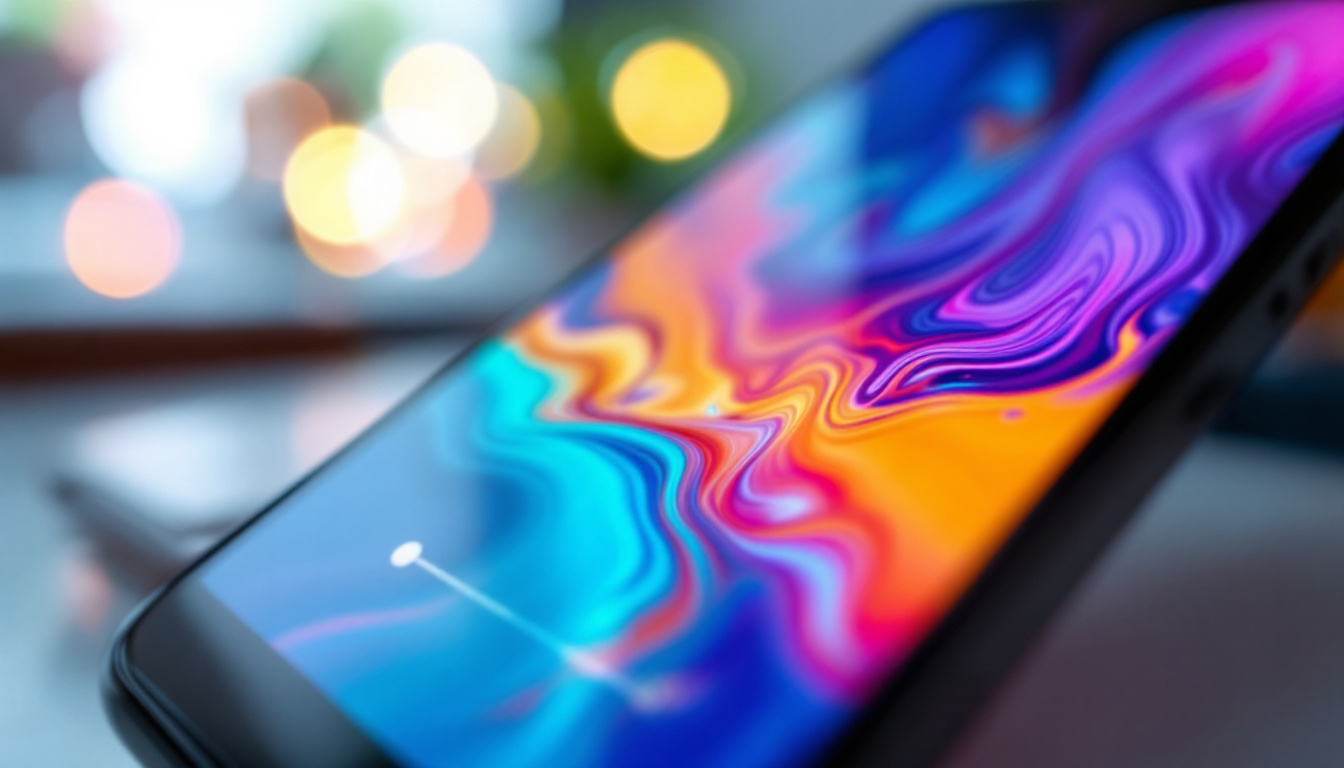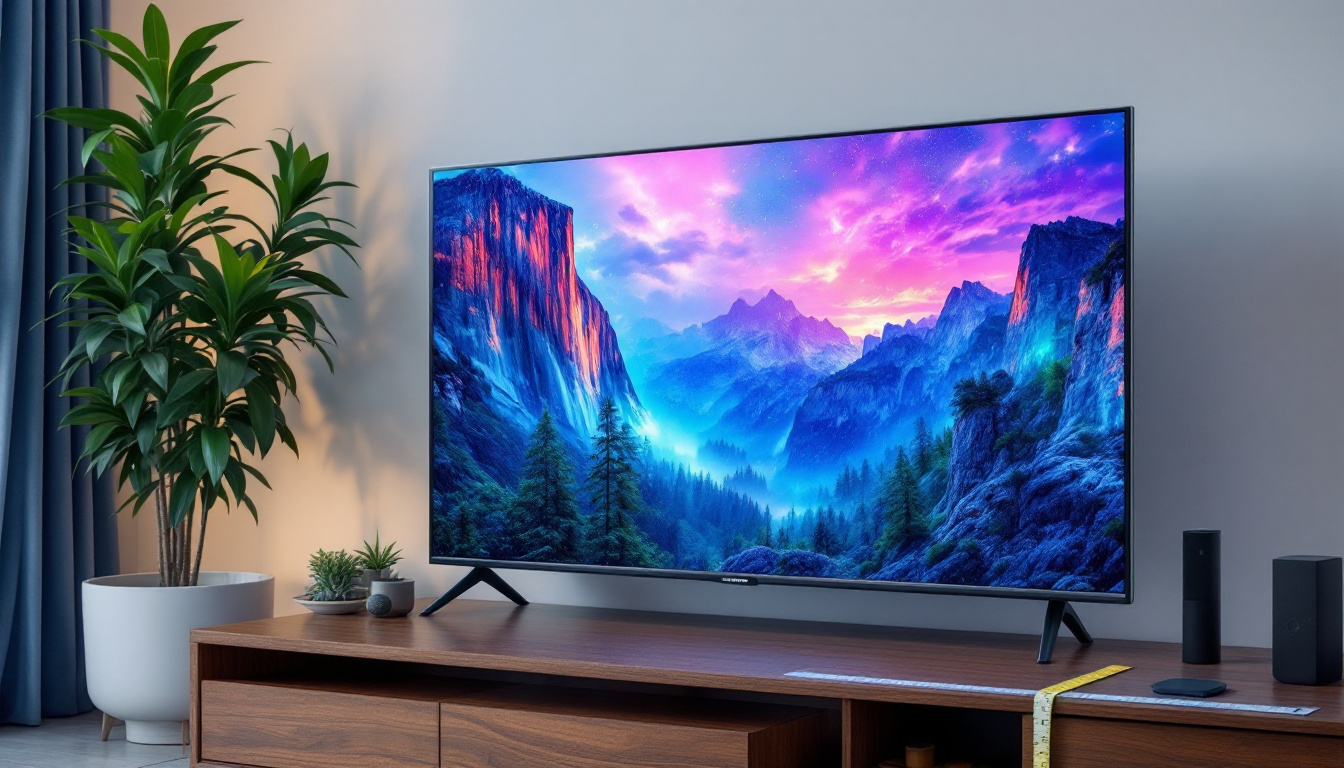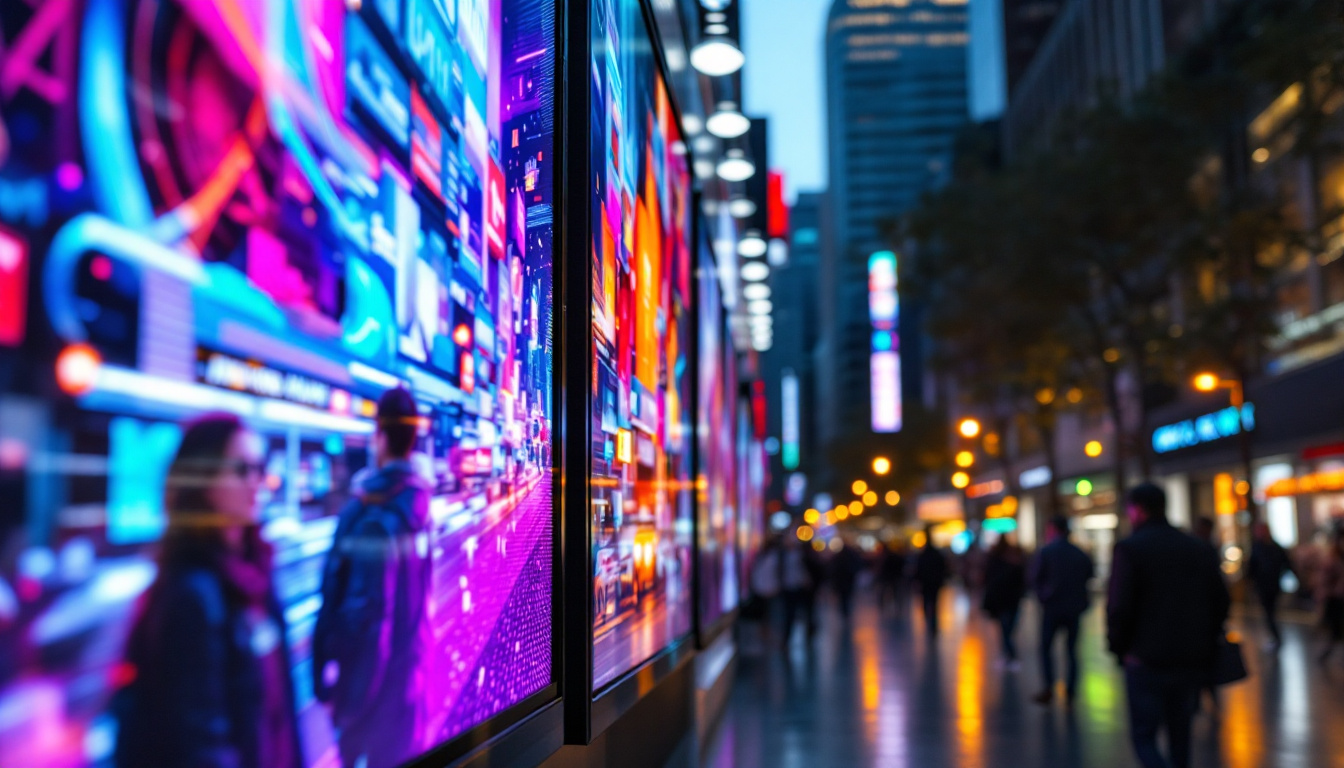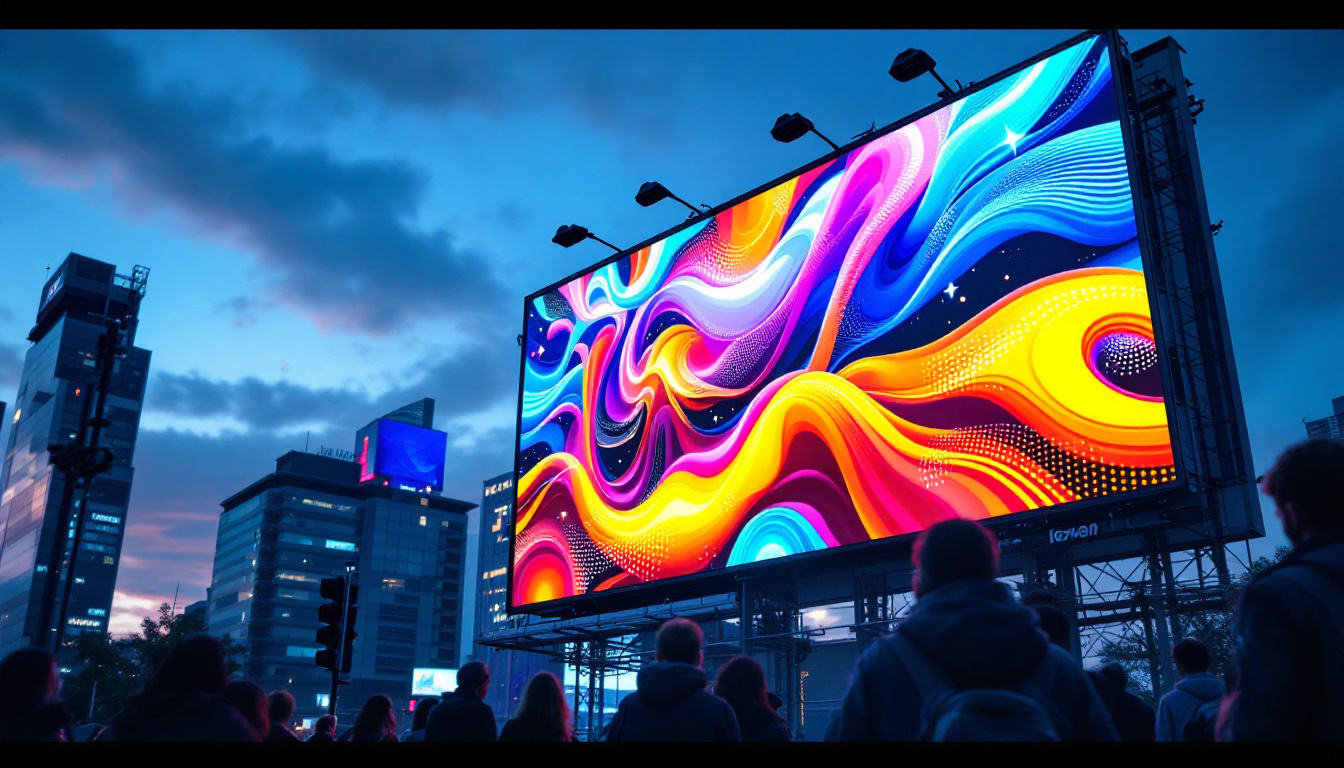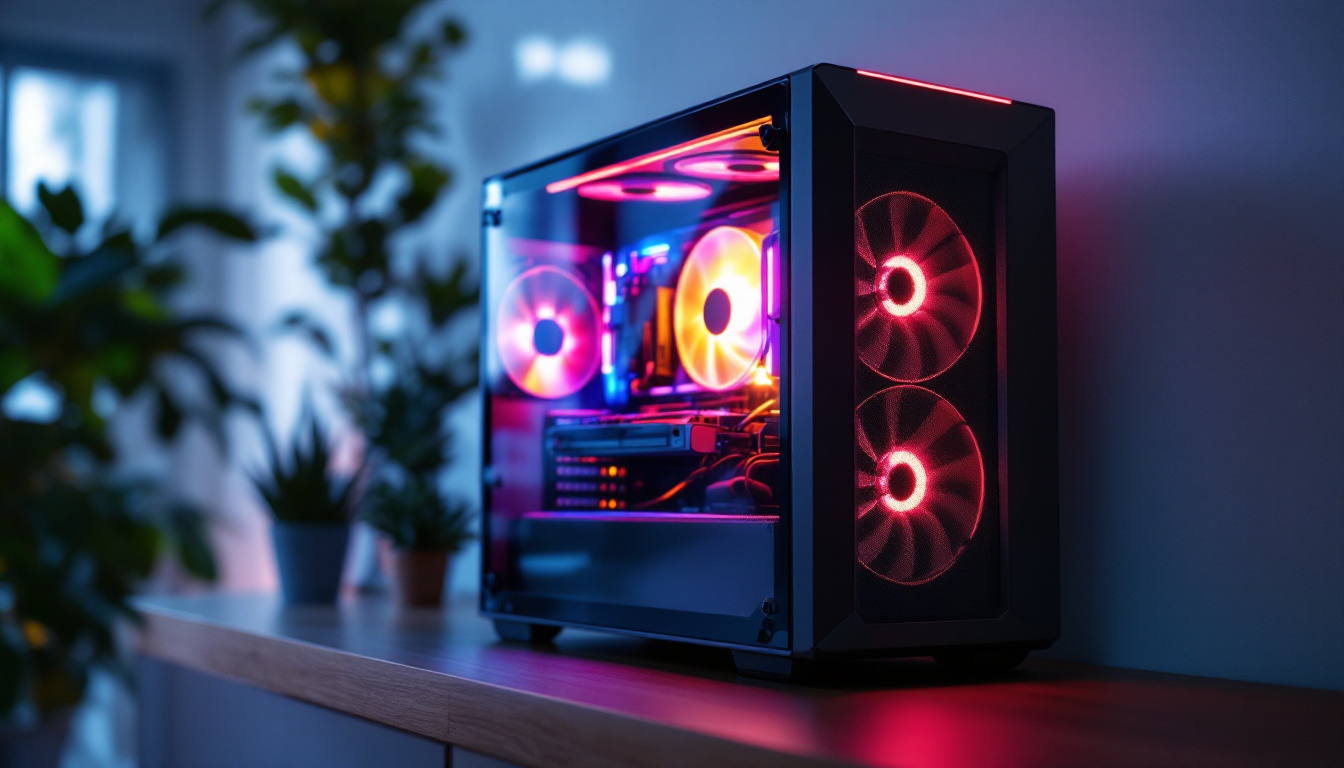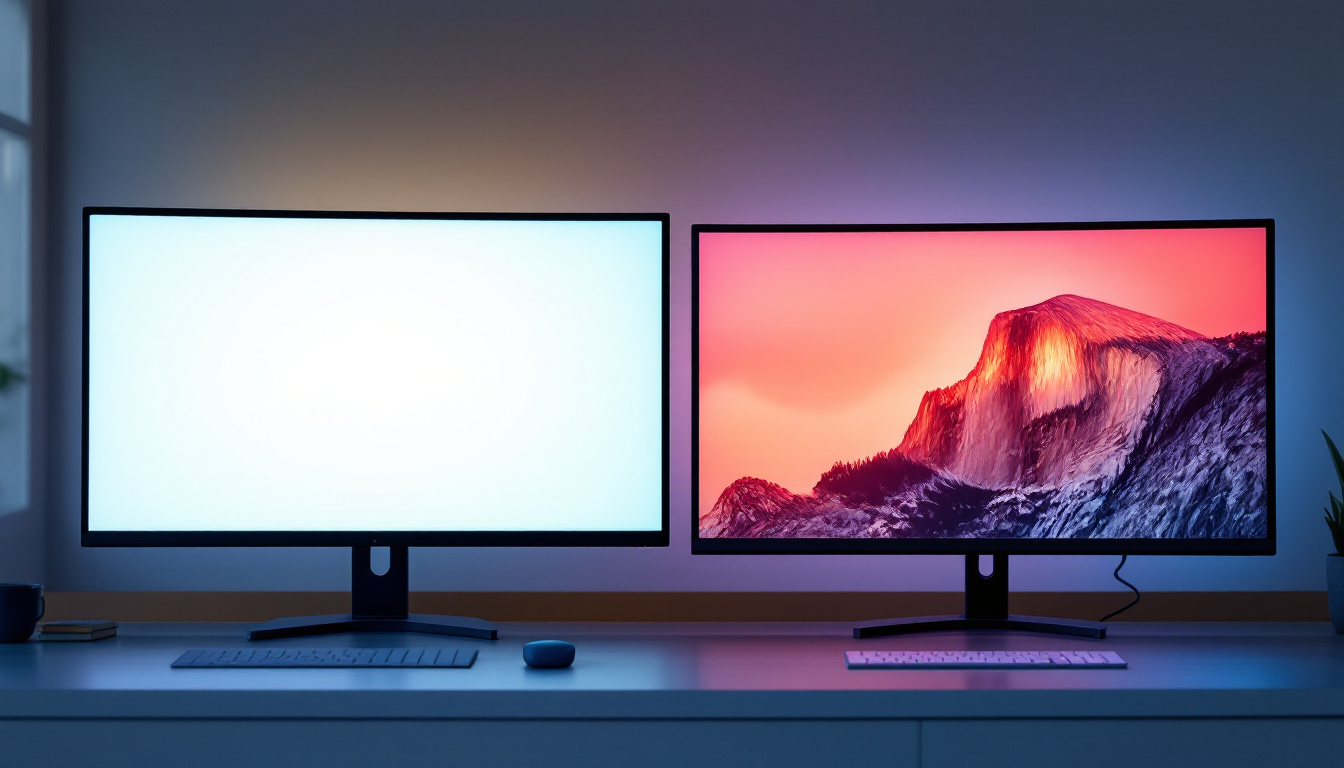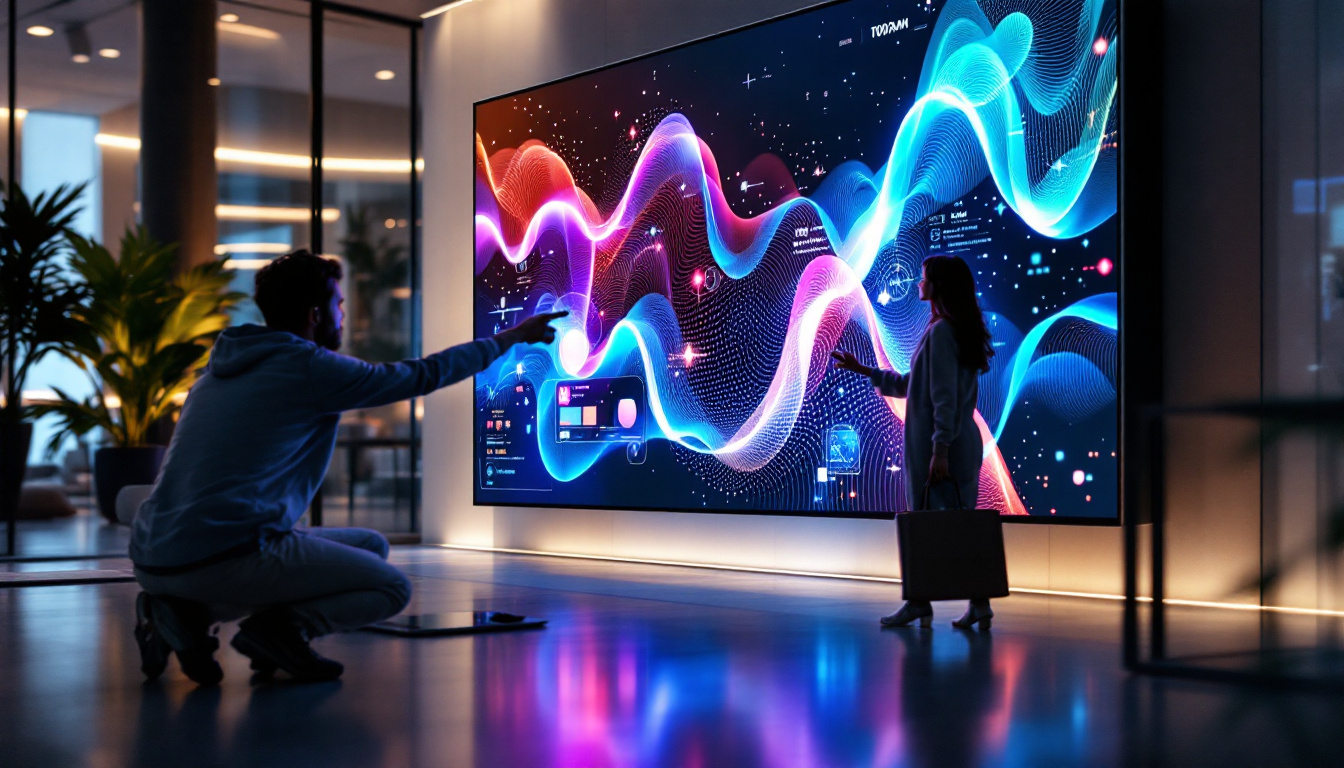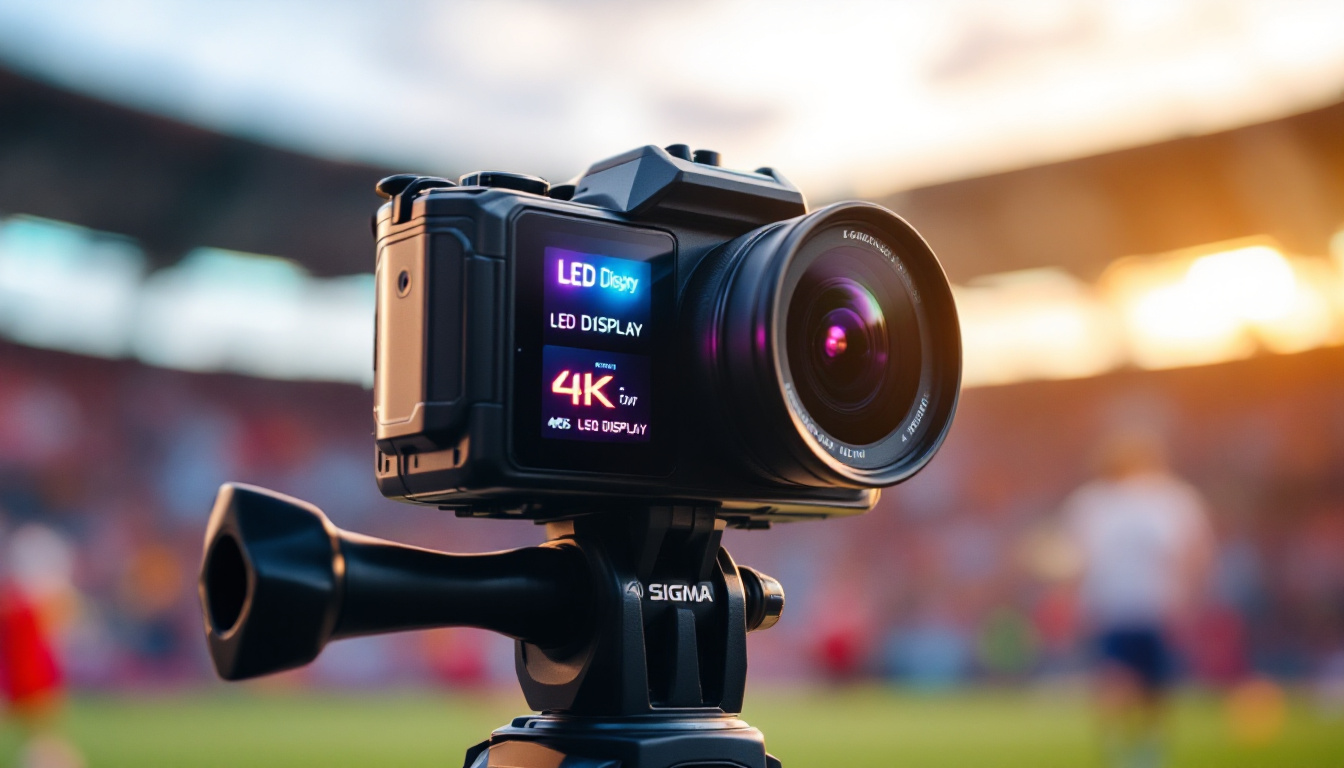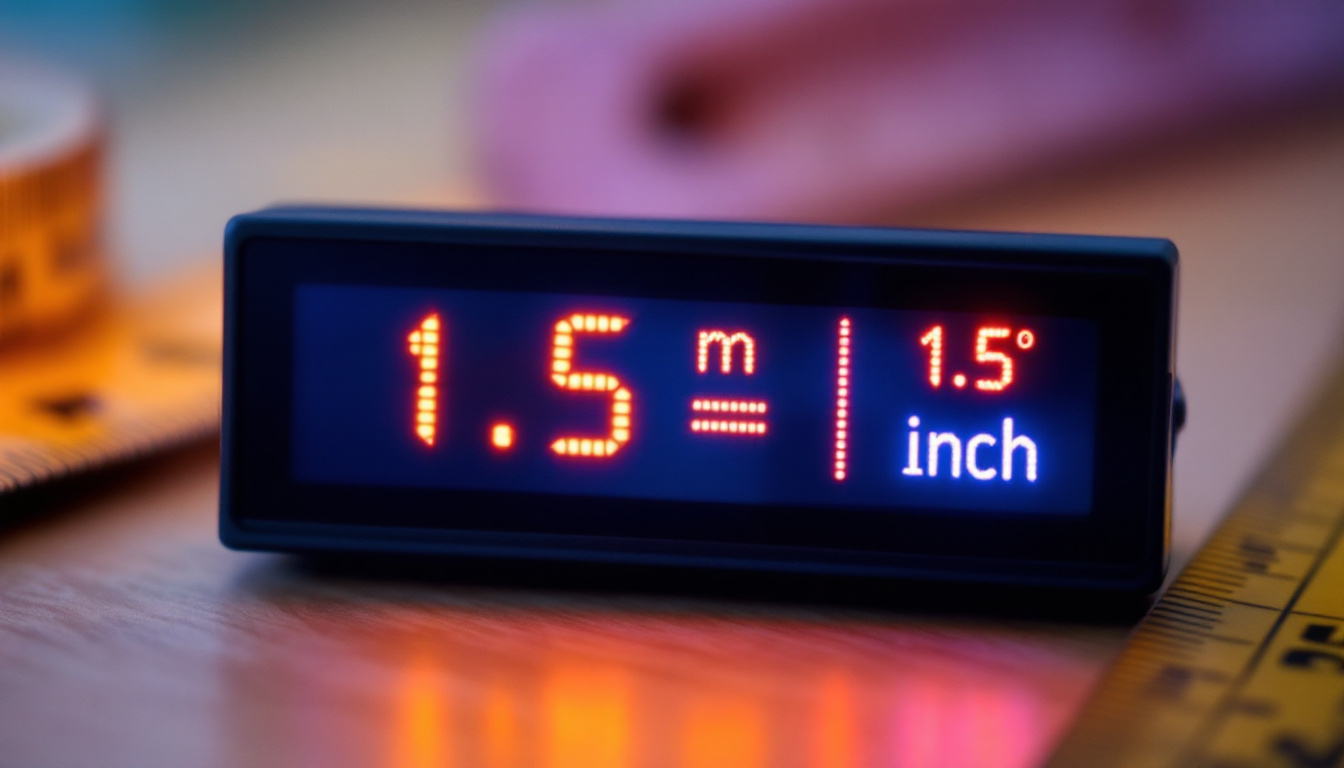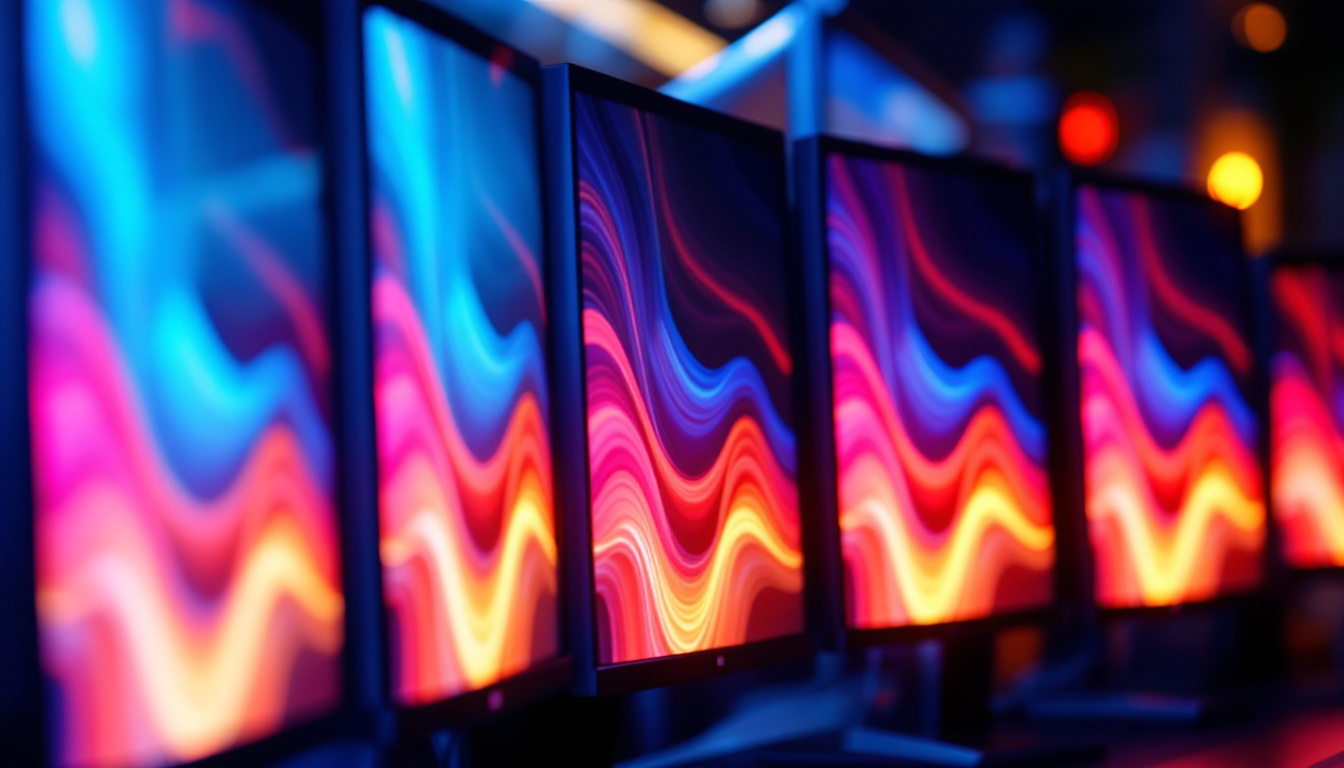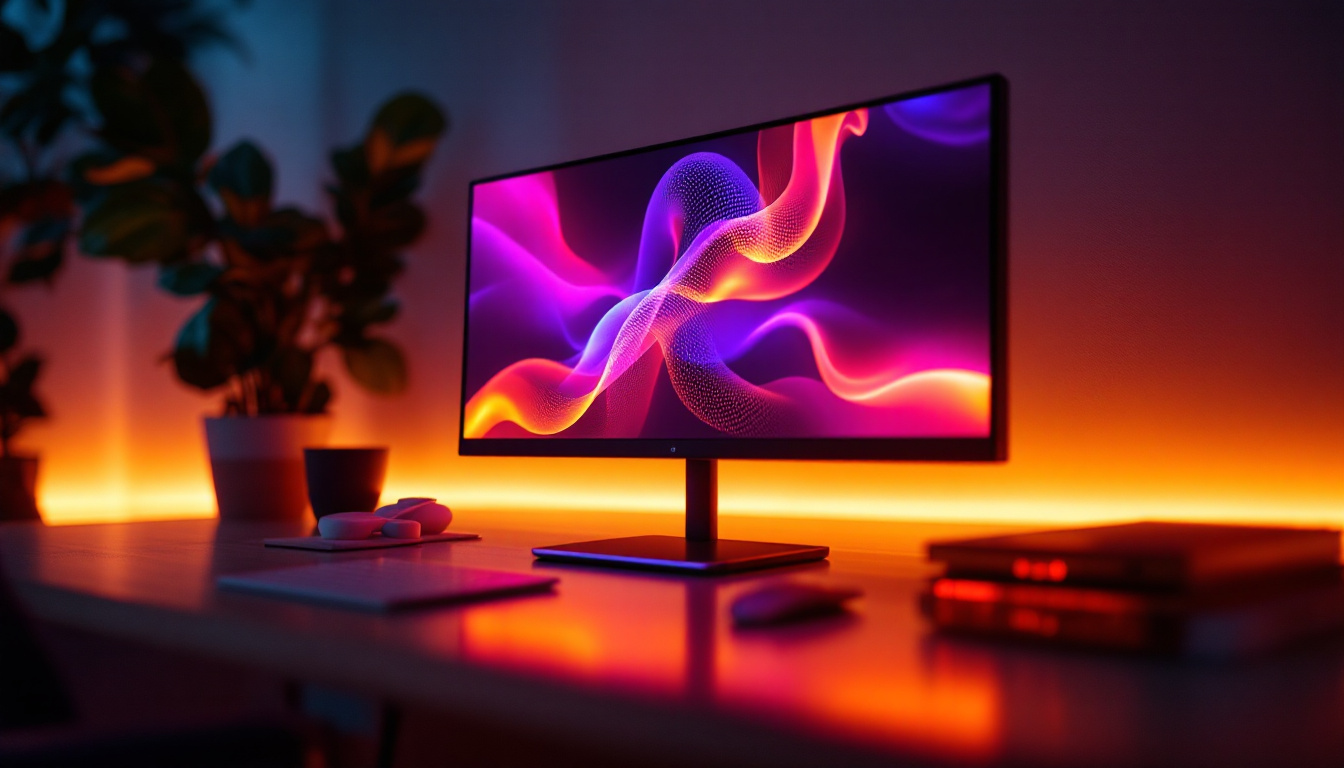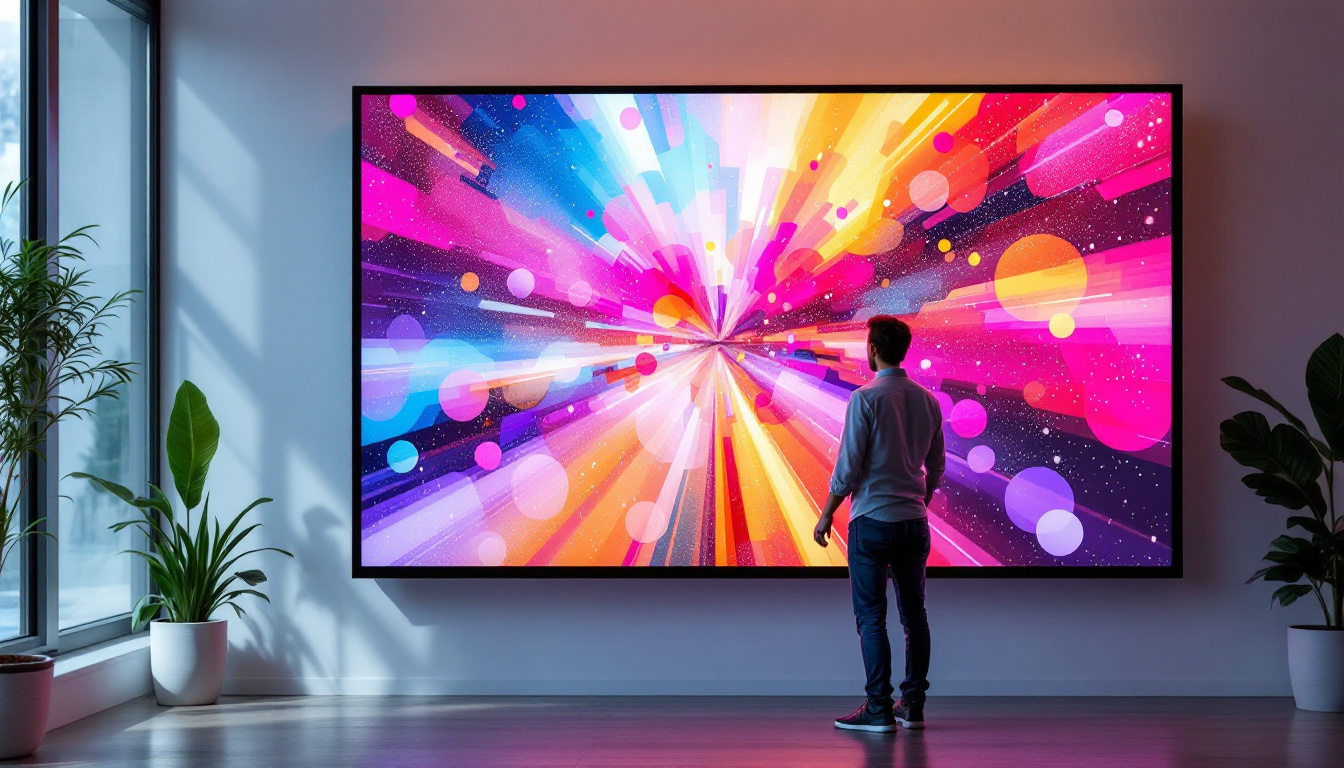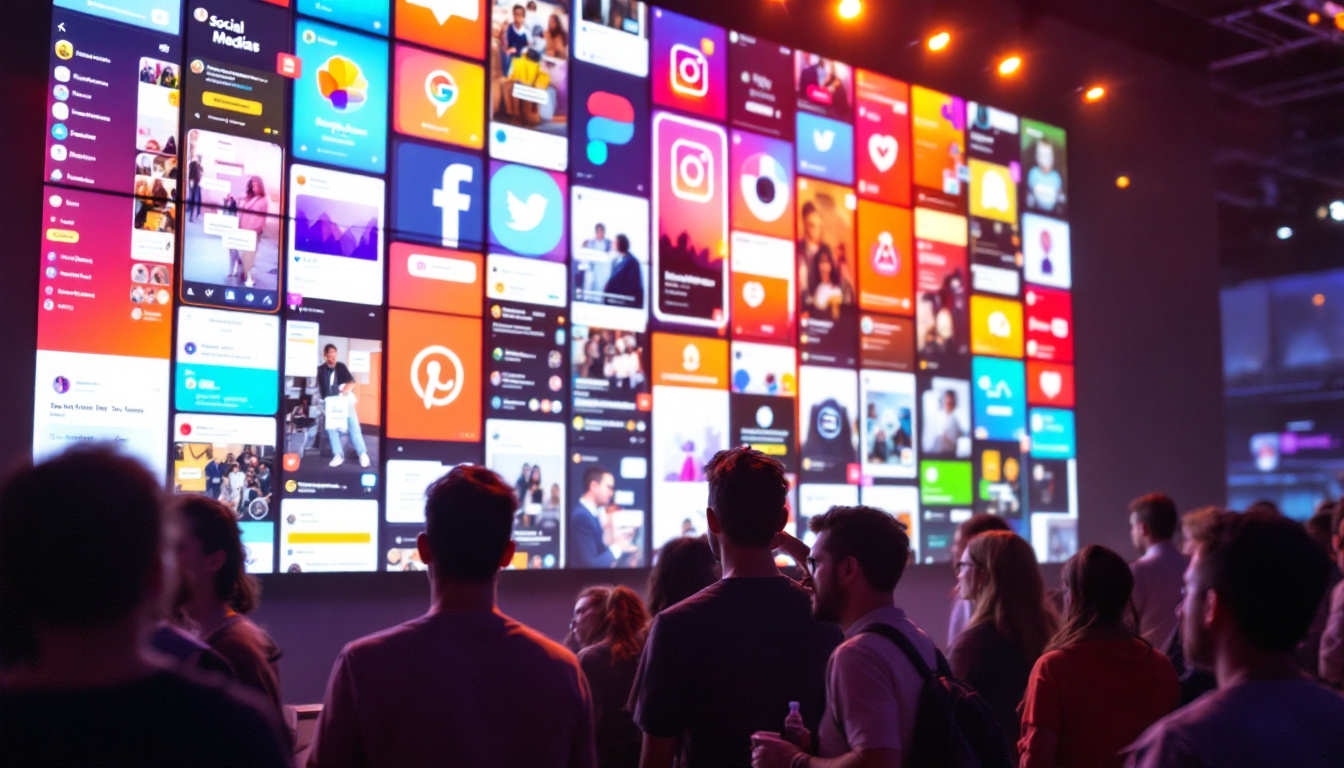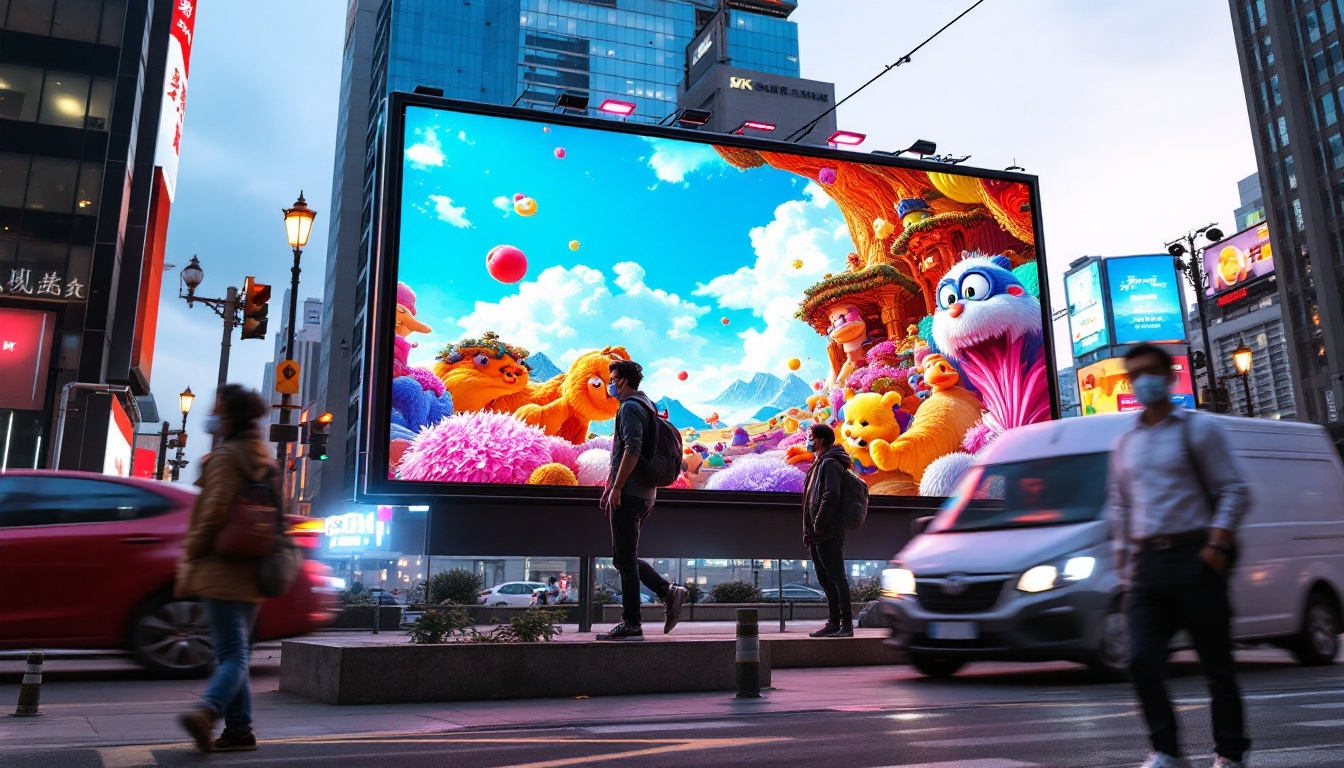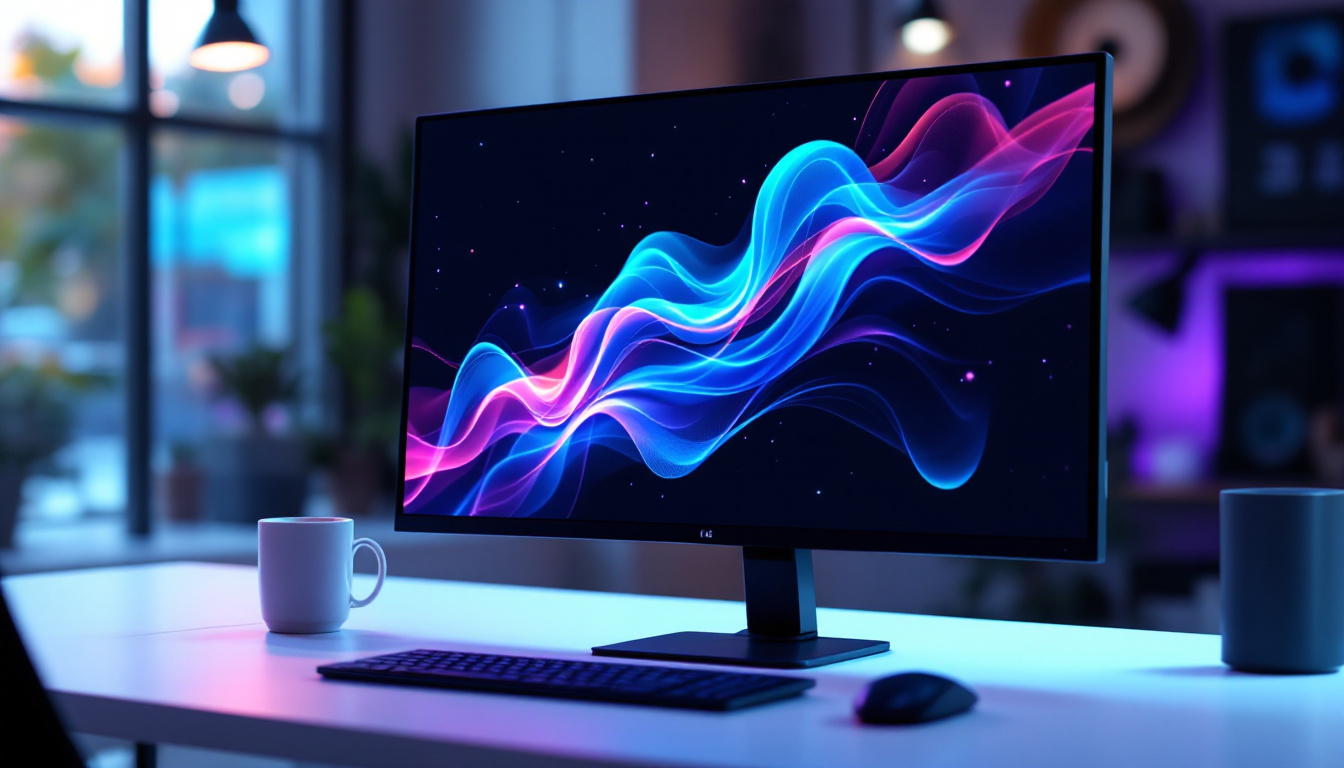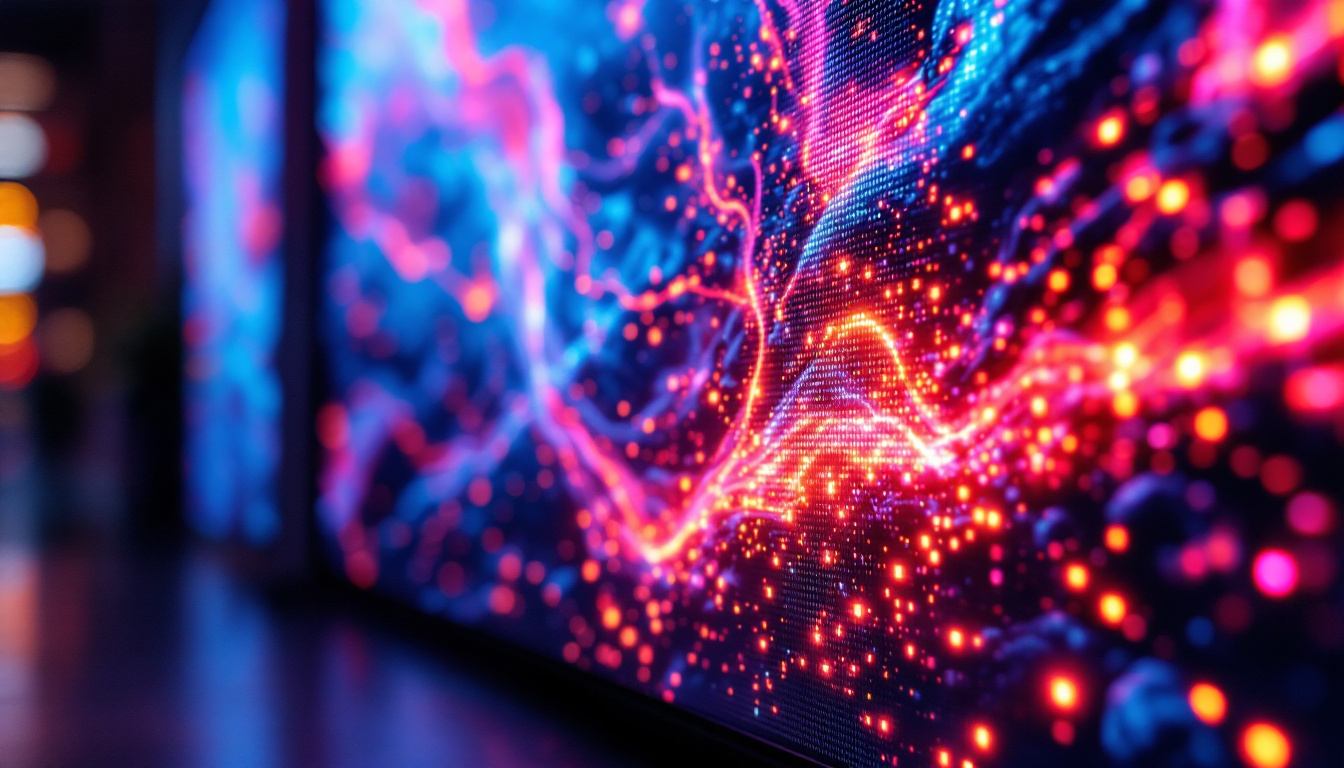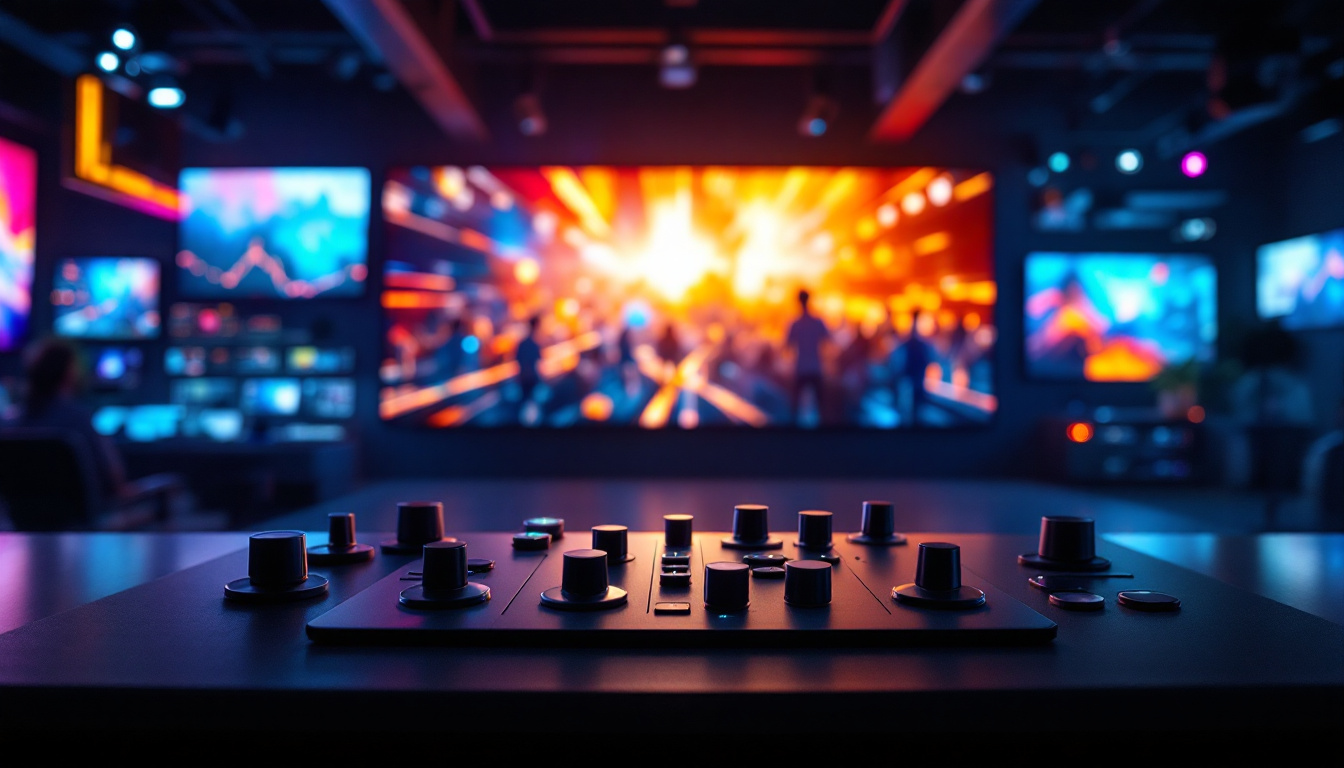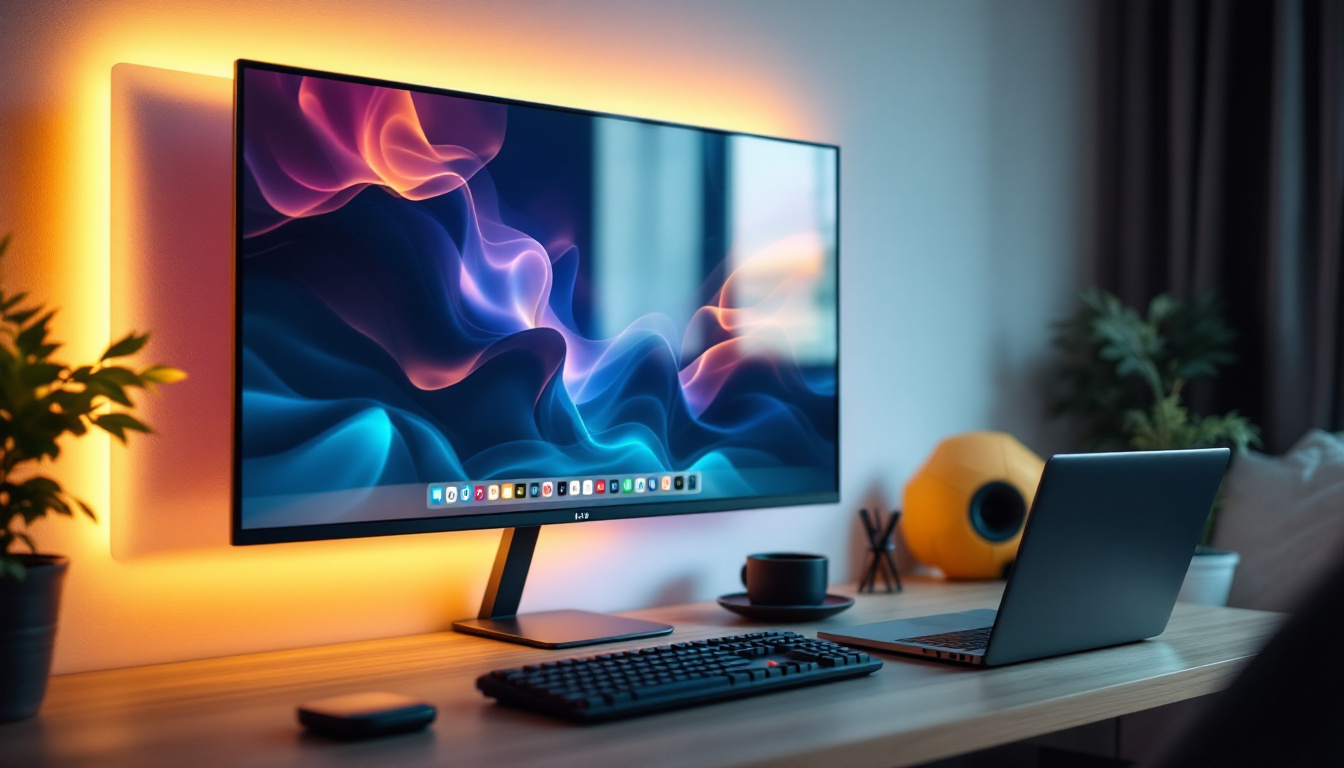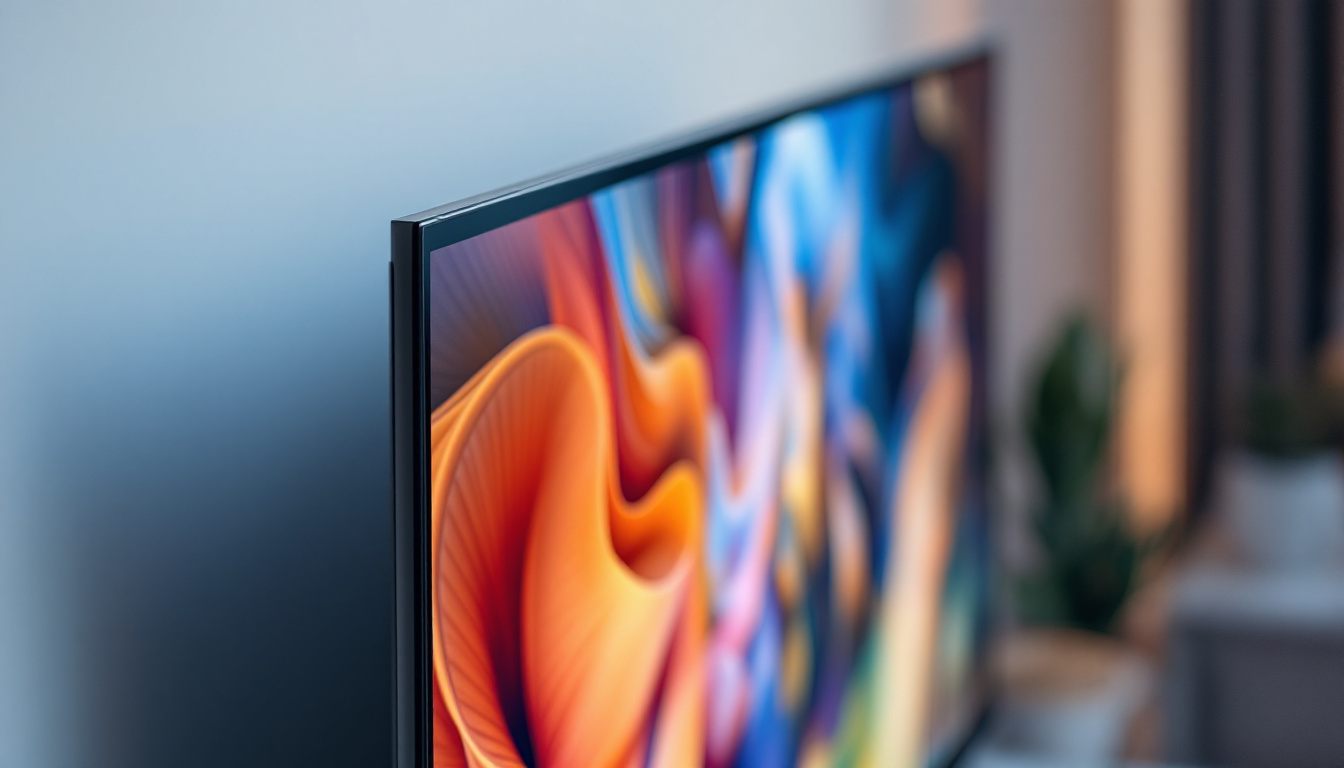In today’s digital age, smartphones have become an integral part of our daily lives. With their vibrant LED displays, these devices offer stunning visuals and a plethora of features. However, many users often find themselves struggling with adjusting the brightness of their screens. This article aims to guide you through the process of increasing brightness on your phone while also explaining the technology behind LED displays.
The Importance of Screen Brightness
screen brightness plays a crucial role in user experience. A well-lit display not only enhances visibility but also contributes to the overall aesthetic appeal of the device. Proper brightness levels can significantly affect battery life, eye strain, and usability in various environments. Additionally, the right brightness can improve the readability of text and images, making it easier for users to engage with content without straining their eyes.
Visibility in Different Lighting Conditions
When using a smartphone outdoors, especially under bright sunlight, a higher brightness setting is essential for clear visibility. Conversely, in dimly lit environments, reducing brightness can help prevent eye strain and improve comfort. Understanding how to adjust brightness according to your surroundings can enhance your overall experience. Many modern devices come equipped with adaptive brightness features that automatically adjust screen brightness based on ambient light, ensuring optimal visibility without requiring manual adjustments. This technology not only enhances usability but also promotes a more seamless interaction with the device.
Impact on Battery Life
Brightness settings directly influence battery consumption. Higher brightness levels can drain the battery more quickly, while lower settings can extend battery life. Users should find a balance that meets their needs without sacrificing too much battery performance. Furthermore, some devices offer battery-saving modes that automatically lower brightness when the battery level is critically low, allowing users to conserve power during essential tasks. This feature is particularly beneficial for those who rely heavily on their devices throughout the day and may not have immediate access to a charger.
Moreover, the impact of screen brightness extends beyond just battery life and visibility; it can also affect the longevity of the device’s display. Prolonged exposure to high brightness levels can lead to screen burn-in or degradation over time, particularly in OLED screens. Users should be mindful of their brightness settings to maintain the quality and lifespan of their devices. By understanding these nuances, users can make informed decisions that enhance their experience while also preserving the integrity of their technology.
Understanding LED Display Technology
LED (Light Emitting Diode) displays have revolutionized the way we view content on our devices. Unlike traditional LCD screens, LED displays offer better contrast, color accuracy, and energy efficiency. Understanding how these displays work can provide insight into why brightness adjustments are necessary.
How LED Displays Work
LED displays consist of an array of tiny light-emitting diodes that create images by illuminating pixels. Each pixel can emit different colors, allowing for a wide range of hues and shades. The brightness of the display is determined by the intensity of these diodes, which can be adjusted based on user preferences and environmental conditions. This capability is crucial, especially in varying lighting situations, where a display might need to be brighter in direct sunlight or dimmer in a dark room to reduce eye strain.
Moreover, LED technology can be categorized into two main types: direct-lit and edge-lit displays. Direct-lit LED displays have LEDs placed behind the screen, providing uniform brightness across the entire surface. In contrast, edge-lit displays have LEDs positioned along the edges, using light guides to distribute brightness. Each type has its own advantages and applications, influencing factors like thickness, cost, and overall picture quality. Understanding these distinctions can help consumers make informed choices when selecting a display for their specific needs.
Benefits of LED Technology
One of the primary advantages of LED technology is its ability to produce brighter images while consuming less power compared to older display technologies. This efficiency not only enhances the viewing experience but also contributes to longer battery life, making it an ideal choice for mobile devices. Additionally, LED displays offer faster refresh rates, which can significantly improve motion clarity in fast-paced video content, making them popular for gaming and sports viewing.
Another noteworthy benefit of LED displays is their longevity. With a lifespan that can exceed 50,000 hours, these displays are less prone to burn-in issues that can affect older technologies like plasma screens. This durability translates into lower maintenance costs and a better return on investment for both consumers and businesses. Furthermore, the compact nature of LED technology allows for thinner and lighter designs, enabling manufacturers to create sleek, modern devices that are not only functional but also aesthetically pleasing.
How to Adjust Brightness on Your Phone
Adjusting the brightness on your smartphone is a straightforward process, but it may vary slightly depending on the operating system. Below are step-by-step instructions for both Android and iOS devices.
Adjusting Brightness on Android Devices
For Android users, the brightness adjustment can typically be done through the Quick Settings menu. Here’s how:
- Swipe down from the top of your screen to access the Quick Settings panel.
- Look for the brightness slider, which is usually represented by a sun icon.
- Drag the slider left or right to decrease or increase brightness, respectively.
Alternatively, you can access brightness settings through the main Settings app:
- Open the Settings app.
- Tap on “Display” or “Display & Brightness.”
- Adjust the brightness slider to your desired level.
Many Android devices also offer an adaptive brightness feature, which automatically adjusts the screen brightness based on the ambient light conditions. This can be particularly useful for extending battery life and ensuring optimal visibility in varying lighting environments. To enable this feature, simply toggle the “Adaptive brightness” option found in the Display settings. This way, your phone will intelligently manage brightness levels, allowing for a more comfortable viewing experience throughout the day.
Adjusting Brightness on iOS Devices
iPhone users can adjust brightness similarly through the Control Center:
- Swipe down from the top-right corner of the screen (iPhone X and later) or swipe up from the bottom (iPhone 8 and earlier).
- Locate the brightness slider, represented by a sun icon.
- Slide it up or down to adjust brightness.
For a more detailed adjustment, follow these steps:
- Open the Settings app.
- Tap on “Display & Brightness.”
- Adjust the brightness slider as needed.
In addition to manual adjustments, iOS devices also feature Night Shift and True Tone settings. Night Shift reduces blue light emission during the evening, which can help improve sleep quality by minimizing disruption to your circadian rhythm. True Tone, on the other hand, adjusts the white balance of your display based on the surrounding light, making for a more natural viewing experience. Both features can be accessed within the Display & Brightness settings, allowing users to customize their screen’s appearance based on their preferences and the time of day.
Using Adaptive Brightness
Many smartphones come equipped with a feature called adaptive brightness, which automatically adjusts the screen brightness based on ambient light conditions. This feature can enhance user experience and save battery life.
How Adaptive Brightness Works
Adaptive brightness utilizes sensors to detect the surrounding light levels. When the environment is bright, the screen will automatically increase brightness, and when it’s dark, the screen dims accordingly. This not only provides optimal visibility but also minimizes eye strain in varying lighting conditions.
Enabling or Disabling Adaptive Brightness
To enable or disable adaptive brightness, follow these steps:
- For Android: Go to Settings > Display > Adaptive Brightness and toggle the feature on or off.
- For iOS: Go to Settings > Display & Brightness and enable “True Tone” or “Night Shift” to adjust brightness based on lighting conditions.
Common Issues with Brightness Settings
While adjusting brightness is generally straightforward, users may encounter some common issues. Understanding these problems can help in troubleshooting effectively.
Brightness Not Changing
If the brightness slider is unresponsive or does not change the brightness level, it may be due to software glitches or settings conflicts. Restarting the device can often resolve these issues. If the problem persists, checking for software updates or resetting display settings may be necessary.
Screen Flickering
Screen flickering can occur when brightness levels are adjusted rapidly or when the adaptive brightness feature is malfunctioning. This can be distracting and may indicate an underlying hardware issue. Users experiencing flickering should consider consulting a professional technician or the device manufacturer for assistance.
Best Practices for Screen Brightness
To maintain optimal screen performance and prolong battery life, consider the following best practices for managing screen brightness.
Manual Adjustments
While adaptive brightness is convenient, manually adjusting brightness based on specific activities can enhance user experience. For instance, increasing brightness during gaming or video playback can improve visual quality, while lowering it during reading can reduce eye strain.
Utilizing Night Mode
Many devices offer a night mode feature, which reduces blue light emission during evening hours. This can help improve sleep quality and reduce eye strain. Activating night mode typically involves adjusting settings in the display options of your device.
Conclusion
Understanding how to adjust brightness on your smartphone is essential for optimizing your device’s performance and ensuring a comfortable viewing experience. By familiarizing yourself with the features of LED displays and the various brightness settings available, users can enhance their interaction with their devices.
Whether it’s through manual adjustments or utilizing adaptive brightness, finding the right balance can significantly improve usability and battery life. As technology continues to evolve, staying informed about the capabilities of your device will ensure you get the most out of your smartphone.
In summary, adjusting the brightness on your phone is a simple yet vital task that can greatly enhance your overall experience. With the right knowledge and practices, users can enjoy their devices to the fullest while minimizing potential issues related to screen brightness.
Explore Advanced LED Display Solutions
Now that you’re equipped with the knowledge to optimize your smartphone’s brightness, imagine the possibilities with larger LED displays. LumenMatrix is at the forefront of LED display technology, offering an array of solutions that can transform any space into a dynamic visual environment. From Indoor and Outdoor LED Wall Displays to specialized options like Vehicle and Sports LED Displays, our products are designed to captivate and engage. Elevate your visual experience with our cutting-edge LED displays. Check out LumenMatrix LED Display Solutions and see how we can illuminate your world with brilliance and clarity.

